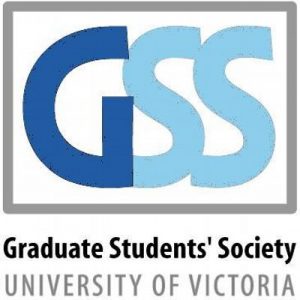Understanding the Dynamics of the Nocturnal Boundary Layer: an Illustration of Idealized Modelling
Amber Holdsworth, School of Earth and Ocean Sciences
Wednesday, November 2, 2016
Snacks/Discussion begin at 15:00, Talk at 15:30
Location: Grad House, David Clode Room
RSVP
In the evening when the Earth’s surface is no longer heated from above the ground cools
the overlying atmosphere. The resulting temperature gradient forms stably stratified layers.
The stable boundary layer (SBL) can be classified into two distinct regimes. The weakly
stable regime (WSBL) which occurs in the presence of moderate to strong pressure gradients or cloudy skies and is characterized by continuous turbulent mixing, and the very stable regime (VSBL) which occurs in the presence of weak pressure gradients or clear skies and turbulence weakens to the point of collapse. Starting with an idealization of the equations of motion a single column model is used to investigate transitions between turbulent regimes in the SBL.
We examine several parameterizations of turbulence commonly used in numerical weather
prediction and climate models. Investigating these parameterizations in the context of an
idealized model allows for a greater understanding of the physical mechanisms controlling
turbulent transitions in the SBL. Idealized process models allow for the testing and improvement of these parameterizations.

